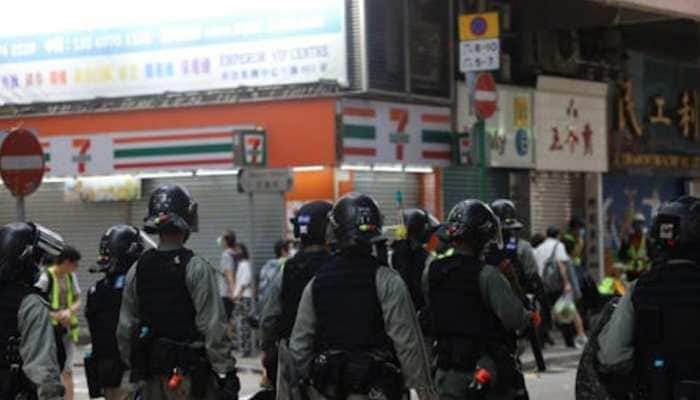Banks' NPAs status to worsen to over 12% by March 2019: Reserve Bank of India
There are 11 banks under PCA framework on account of their high bad loans.
Trending Photos
)
Mumbai: The gross non-performing assets (GNPAs), or bad loans, ratio in the Indian banking system is likely to rise from 11.6 percent in March 2018 to 12.2 percent by the end of March next year, the Reserve Bank of India said on Tuesday.
"Macro-stress tests indicate that under the baseline scenario of current macroeconomic outlook, SCBs' (scheduled commercial banks) GNPA ratio may rise from 11.6 percent in March 2018 to 12.2 percent by March 2019," it said.
Of the 11 banks, six are likely to experience capital shortfall relative to the required minimum risk-weighted assets ratio (CRAR) of 9 percent, the central bank said.
The 11 banks under PCA framework on account of their high bad loans are IDBI Bank, UCO Bank, Central Bank of India, Bank of India, Indian Overseas Bank, Dena Bank, Oriental Bank of Commerce, Bank of Maharashtra, United Bank of India, Corporation Bank and Allahabad Bank.
Though the overall system level CRAR may come down from 13.5 percent to 12.8 percent during the period in review, the FSR said profitability of all commercial banks had declined partly reflecting increased provisioning on account of bad loans.
"The stress in the banking sector continues as GNPA ratio rises further," the report said
"Spillover risk from advanced financial markets to emerging markets has increased," it added.
On the domestic situation, the RBI said economic growth is firming up.
"However, conditions that buttressed fiscal consolidation, moderation in inflation and a benign current account deficit over the last few years, are changing, thereby warranting caution," the report said.
Stay informed on all the latest news, real-time breaking news updates, and follow all the important headlines in india news and world News on Zee News.
Advertisement
Live Tv
Advertisement







)
)
)
)
)
)
)
)
)
)
